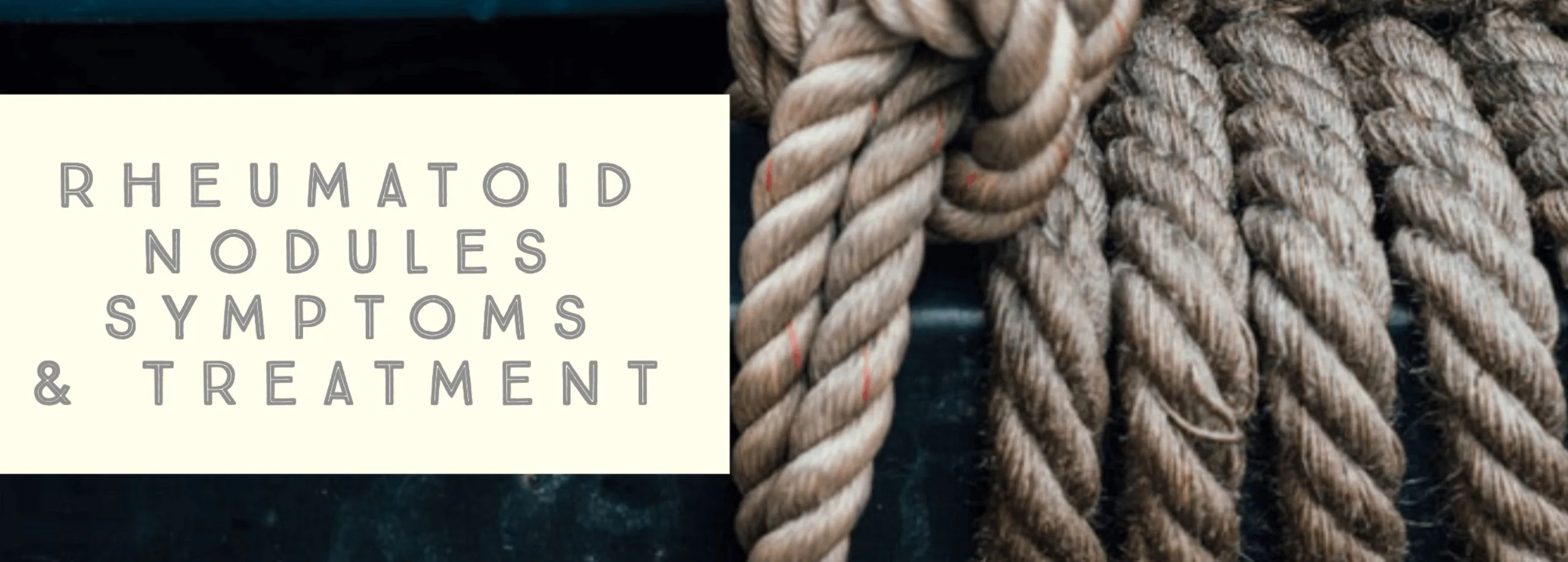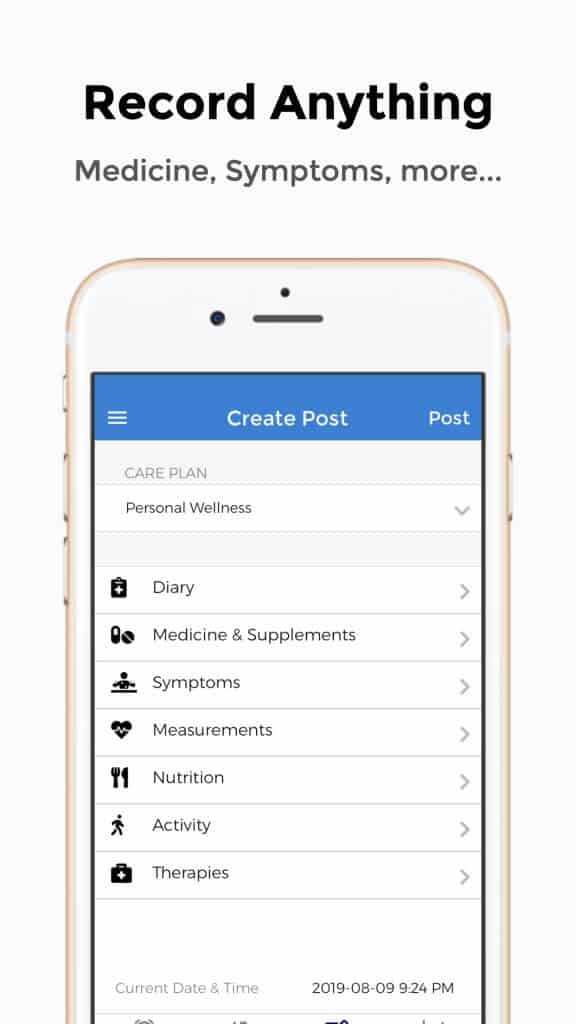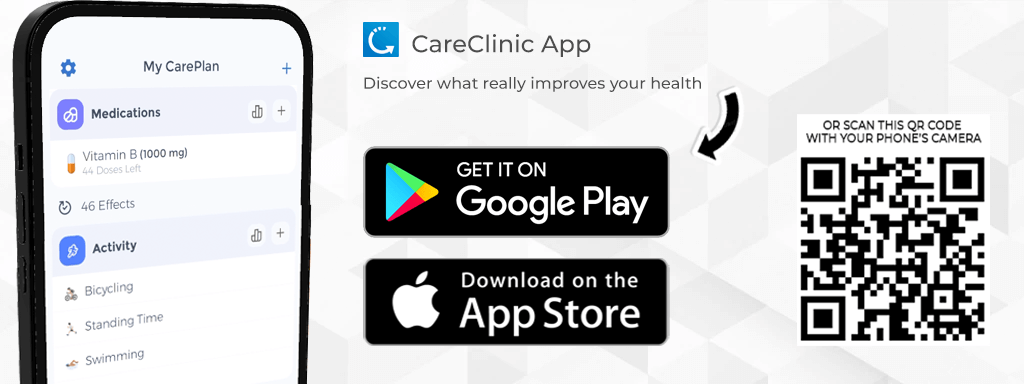
Rheumatoid arthritis is one of the most common forms of arthritis and chronic condition. The inflammatory process affects the joints of multiple bones, causing pain, redness, and limited range of motion. Without timely management, the cartilage can sustain permanent damage. As a complication of this type of arthritis, rheumatoid nodules can occur. These nodules can appear in various parts of the body, having different sizes and causing discomfort. In making the diagnosis, it is essential to determine whether these nodules are the result of rheumatoid arthritis or another condition. The diagnosis will also guide the physician toward the right treatment/management plan. (R)
Overview of rheumatoid nodules
These are inflammatory nodules and they can represent a sign that the condition has progressed to a severe level. The nodules form in the fat layer underneath the skin, over time and they are mobile, meaning they can be moved. Inflammation is present and the nodules are not sensitive to pressure or touch.
The tendency is for these nodules to form in contact pressure areas, such as the elbows, forearms or hands (generally on the extensor side of the joints). In rare cases, they can appear at the level of internal organs, abdominal wall, ears, eyes, and achilles tendon.
Their size can vary from small (pea size) to large (plum or tennis ball). If one already suffers from rheumatoid arthritis, the presence of nodules can be a sign of an advanced stage. However, these nodules can also raise the question of another diagnosis, such as a soft tissue tumor.
The treating physician should analyze all of the rheumatoid nodules, present in different parts of the body. The end joints should be analyzed in particular and it is also important to make a differential diagnosis. For example, these nodules can be confused with gout, which is caused by the excess accumulation of uric acid in various joints. Only a specialist can determine the exact cause for which the nodules have appeared. (R)
What are the symptoms associated with rheumatoid nodules?
When the nodules begin to form, they can cause little or no discomfort. The skin around the joints can become red, with pain and inflammation occurring as a result. In advanced stages, one might suffer from a reduced range of motion in the affected joints, as well as reduced sensitivity and strength. The fine motor skills might be affected as well.
Initial Symptoms and Progression of Rheumatoid Nodules
In the case of significant swelling, one might be bothered not only by the actual appearance. These changes can cause severe discomfort, preventing one from engaging in daily living activities. Additional symptoms might be present, with profuse sweating, fever, tiredness, and weight loss.
It is possible that both hands are affected by the presence of rheumatoid arthritis and the subsequent nodules. In the situation that the nodules are present for more than six weeks, it is certain that they are of rheumatic nature. The pain might be present particularly during the night and with physical rest. The longer the joints are not moved, the more intense the pain is going to be.
Additional Symptoms and Associated Risks
The symptoms might be present in one or several joints, and they will not necessarily remain constant. As mentioned above, rheumatoid nodules can appear at the level of internal organs, such as the lungs. In general, these do not cause any symptoms. Regular examination is essential to confirm that tuberculosis or cancer is not causing these nodules. Joints affected by rheumatic changes can cause severe discomfort. Without treatment, the condition will worsen. Inflammatory processes can severely reduce the range of motion and deform and damage the joints. (R)
What is the cause of rheumatoid nodules?
The exact cause that leads to the appearance of rheumatoid nodules is not known. In those who suffer from rheumatoid arthritis, the immune system can attack the joints, leading to inflammation, pain and stiffness. This is known as an autoimmune reaction.
The rheumatoid nodules appear as a result of an inflammatory process, which is present in the synovial membrane. They affect the integrity of the joints, with the cartilage growing excessively as compensation.
Some studies have revealed that tissue injuries, associated with blood vessel damage, can lead to the appearance of rheumatoid nodules. These can cause pro-inflammatory enzymes to accumulate in the joints, which in turn will cause the above-mentioned symptoms. The accumulation of necrotic tissue will complicate the condition.
Medication can favor the appearance of rheumatoid nodules in some cases. For example, people who take methotrexate – a drug prescribed for various forms of cancer and other chronic inflammatory conditions – present a higher risk of developing such nodules.
In the majority of the cases, however, the nodules form in severe forms of rheumatoid arthritis (chronic condition). They are also more common in those who suffer from inflammatory conditions or infections, affecting the lungs, gastrointestinal system or even the blood vessels. According to the research made in the field, the nodules appear in response to the inflammatory and infectious processes within the body. (R)
Management of rheumatoid nodules
 In the situation that the rheumatoid nodules are not large or bothersome, no treatment is necessary. The treatment should be directed towards the underlying condition, such as rheumatoid arthritis. The main purpose is to prevent the deformity of the joints, improve the overall mobility and guarantee the necessary pain relief.
In the situation that the rheumatoid nodules are not large or bothersome, no treatment is necessary. The treatment should be directed towards the underlying condition, such as rheumatoid arthritis. The main purpose is to prevent the deformity of the joints, improve the overall mobility and guarantee the necessary pain relief.
Treatment Approach for Rheumatoid Nodules
Doctors recommend oral medication to alleviate pain and inflammation, subsequently enhancing joint function. For more severe cases, they prescribe cortisone injections, but these aren’t suitable for long-term treatment due to the risk of adverse reactions.
Physiotherapy is one of the most advised forms of treatment for both rheumatoid nodules and the associated nodules. It can ensure the necessary joint flexibility and relief from pain, inflammation, and other symptoms. The physiotherapist will recommend a set of exercises and movements to be performed, which are meant to preserve the functionality of the affected joints.
Patients who are diagnosed with this condition are advised to change their diet as well. The recommendation is to avoid inflammatory foods, such as red meat, sugar, high fructose corn syrup, trans fats, refined carbs, and processed food products. A healthy diet should be based on fresh fruits and vegetables, fatty fish, and lean meat. These foods fight inflammation, improving the manifestation of rheumatoid arthritis.
Dietary Adjustments and Surgical Interventions
If rheumatoid nodules are large and limit joint movement, doctors may recommend surgical intervention. After removing the nodules and completing the post-operative period, you should resume physiotherapy. This approach aims to prevent worsening rheumatoid arthritis and, if possible, future nodule formation.
If the affected joint is completely deformed, the doctor might recommend joint replacement surgery. Depending on the severity of the deformation, the procedure might involve partial or total joint replacement. (R)
CareClinic, a health app to manage your rheumatoid arthritis
You can use CareClinic, a health app, to manage all aspects of your rheumatoid arthritis, including rheumatoid nodules. The app is easy to use and lets you track your symptoms and overall condition progress. At the end of each month, the app generates a progress report that you can share with your treating physician.
 Within the application, you can record the entire treatment plan, including the medication and various therapies. If you are having difficulties with medication adherence, you can set up reminders for each of your treatments. You will also find the built-in journal to be a useful feature, allowing you to write about your emotions, thoughts, and feelings with regard to life with rheumatoid arthritis.
Within the application, you can record the entire treatment plan, including the medication and various therapies. If you are having difficulties with medication adherence, you can set up reminders for each of your treatments. You will also find the built-in journal to be a useful feature, allowing you to write about your emotions, thoughts, and feelings with regard to life with rheumatoid arthritis.
Why is it helpful to keep track of your symptoms?
The answer is simple. You need to pay close attention to the way you are feeling, as this will help the doctor come up with the best treatment solutions. If you rely on your memory exclusively, you might have difficulties recalling the different symptoms you experienced.
Importance of Symptom Tracking
The CareClinic app permits you to implement lifestyle changes and improve your overall quality of life. You can use it to track the intensity of the pain and inflammation, to keep track of joint function and determine if the current medication is helpful or not. Moreover, you can record additional health measurements (weight, blood pressure), as well as water intake, tracking sleep, physical activity, and mood.
If you have been diagnosed with rheumatoid arthritis, you are probably affected by weather changes. You can use the application to keep track of humidity levels and outdoor temperature, identifying changes that trigger discomforting symptoms.
Since pain often worsens with the presence of these nodules and is one of the most troublesome symptoms of rheumatoid arthritis, you might want to use the application to track how various activities affect your pain levels. For example, you might experience significant pain after a full night’s sleep.
Utilizing CareClinic App for Comprehensive Health Tracking
The main benefit of this health app is that you can understand your condition, and keep track of every influencing factor. These factors include not only the diet and physical activity but also the quality & frequency of sleep, habits, medication and mood.
For treatment, you can compile a list in the app of all the solutions you’ve tried and their effectiveness. Periodically, you can review these treatments and talk to your doctor about possible adjustments.
To elevate your management strategy, you can use the app to record all swollen and tender joints in detail. You can record the location of your rheumatoid nodules and the different pain triggers. On your next appointment, you will find it easier to discuss your condition, as the application will offer an accurate account of your progress.
Facts on rheumatoid arthritis
Rheumatoid arthritis is the third most common type of arthritis, following osteoarthritis and gout. The chronic condition affects 1.3 million people only in the United States, and 1% of the entire population worldwide. It is also important to mention that women are three times more likely to develop rheumatoid arthritis than men.
The predominant age category for the appearance of rheumatoid arthritis is 30 – 60. However, women can experience the manifestations of this condition sooner than men. Genetics, environmental, hormonal, and lifestyle factors are considered to be behind this inflammatory illness. In some cases, rheumatoid arthritis might shorten the overall life expectancy. This is often the result of complications, such as anemia, respiratory issues and rheumatoid nodules. Download the CareClinic App to track and manage symptoms of Arthritis, click here to start!


